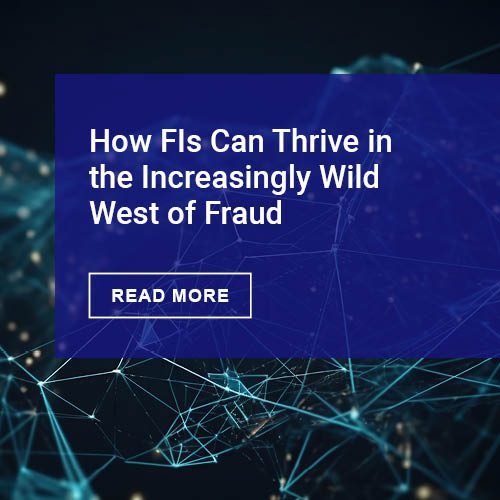Fraud losses are a significant issue in the payments space, with recent estimates placing total UK fraud losses from cards, remote banking, and cheques at £768.8m* in 2016.
Research from GlobalData, a leading data and analytics company, has revealed that for banks and other providers the consequences of fraud are not simply limited to financial losses. The high profile nature of financial fraud combined with the anonymity of the crime has led consumers in almost all global markets to be far more afraid of online card fraud happening to them than the statistical reality of it actually occurring. This ‘fear of loss’ is having a dramatic effect on consumer confidence and engagement with electronic payments.
The company’s ‘Consumer Payments Insight Survey, 2016’, reveals that online card fraud is rare among consumers globally, with only 2% of survey respondents in the US having been the victim of this type of fraud in 2016 (the highest rate among markets shown). However, almost two thirds of respondents in the US reported being worried about online card fraud. Conversely, in China – where the online card fraud rate is a tenth of the rate in the US (0.2%) – 85% of consumers reported being worried about this type of fraud.
Samuel Murrant, Senior Analyst in Payments at GlobalData, commented, “The effects of fear of fraud on the payments market are much more subtle than those of fraud itself. Consumers report that fear of fraud is a significant barrier to their engagement with online shopping – a major electronic payments market and area of growth.’’
The survey also confirms that consumers are very concerned about what would happen to their money if they lost a smartphone with a mobile wallet app. This prevents many consumers from signing up for these apps. Some even express unease with contactless card technology because they are worried about the card being stolen and used by fraudsters who do not need to know their PIN to use the card.
Murrant continues: “Of course, the industry is already tackling the problems behind these concerns. 3-D Secure and back-end pattern recognition algorithms exist to allow for authentication challenges when unusual shopping habits online or offline that may indicate fraud are detected. Mobile wallets tend to be locked by biometric authentication challenges. But despite the existence of these solutions, consumers still fear fraud, and do not fully engage with electronic payments as a result.”
It is not enough to simply have a secure tool; consumers must know that their tool is secure – and telling them about security features only goes so far.
Murrant adds: ‘‘Concerns about fraud tend to dissipate with increased experience with a given channel or payment tool – consumers who have positive experiences with a tool will become more comfortable and less fearful as time goes on.‘’
*figures compiled by Financial Fraud Action UK











